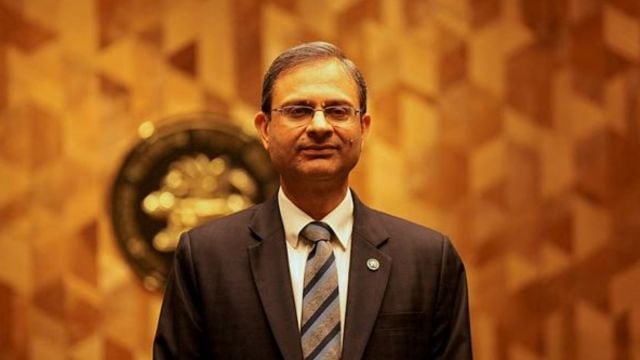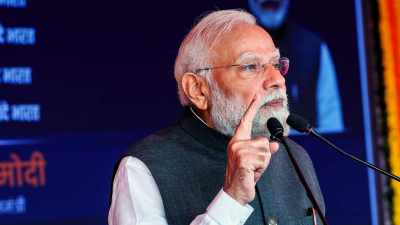RBI Governor Sanjay Malhotra flags rise in digital frauds
The RBI Governor’s caution came amid the rise in digital frauds in the banking sector in the last two years.
 RBI Governor Sanjay Malhotra
RBI Governor Sanjay MalhotraReserve Bank of India Governor Sanjay Malhotra on Monday flagged the rise in digital frauds and emphasised the need for robust and proactive systems to thwart such attempts in the financial sector.
In his first interaction with MDs and chief executive officers (CEOs) of public and private sector banks after taking charge, the Governor dwelled upon IT risk management and cyber security and urged banks to have an enhanced oversight over third-party service providers for mitigation of the risks emanating from them.
The RBI Governor’s caution came amid the rise in digital frauds in the banking sector in the last two years.
He also underlined the need for RBI and banks to work together closely was emphasized and suggestions were sought from the banks on enhancing the ease of doing business.
The Governor acknowledged the important role played by the banks in building resilience of the domestic financial system while highlighting some of the main vulnerabilities present globally that can pose downside risks.
He asked the banks to ensure continued financial stability, deepen financial inclusion, improve digital literacy, enhance availability and affordability of credit, strengthen customer service and grievance redress mechanism, and continue to invest in technology.
He flagged the rise in digital frauds and advised banks to establish robust and proactive systems to thwart such attempts.
The meeting was also attended by Deputy Governors M. Rajeshwar Rao, T. Rabi Sankar and Swaminathan J, along with Executive Directors-in-Charge of regulation and supervision.
As innovative artificial intelligence-based model called the ‘Mule Hunter.ai’ has been developed by the Reserve Bank innovation hub in Bengaluru. This new AI-based system is expected help banks in reducing instances of digital fraud.
From April to September, there were 18,461 reported frauds, amounting to Rs 21,367 crore. This marks a significant increase from the previous year, which saw 14,480 cases involving only Rs 2,623 crore. The number of fraud cases has surged by nearly 28% compared to last year, while the total amount involved has skyrocketed more than eight-fold.





- 01
- 02
- 03
- 04
- 05


























